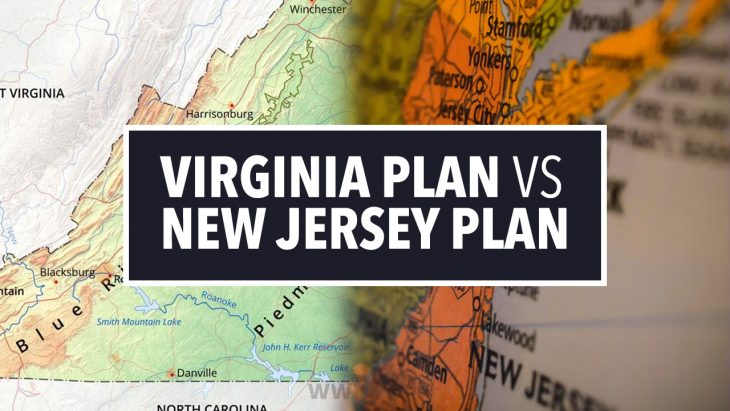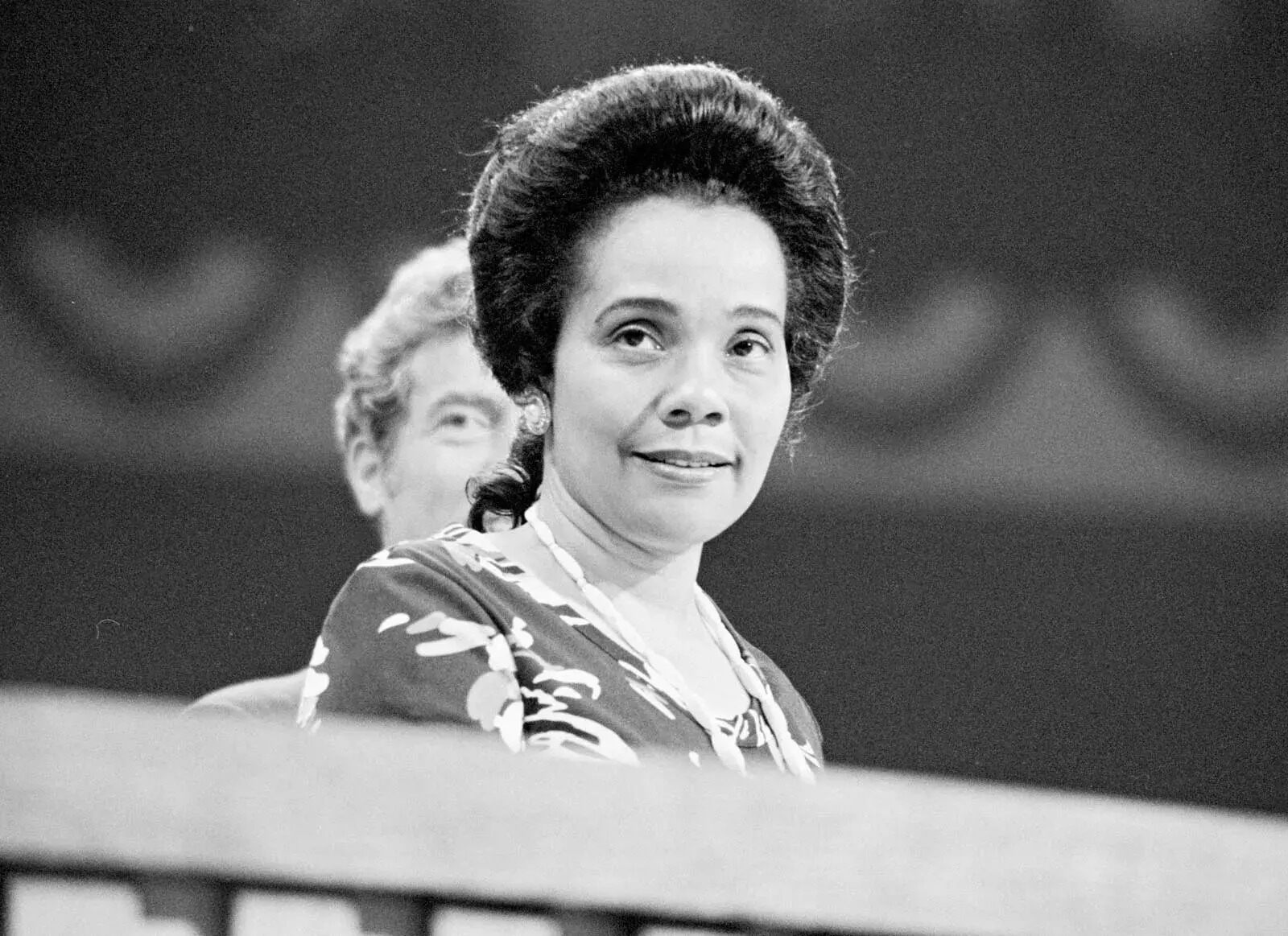
Today, the US Constitution is one of the most important legal documents in the USA. It basically outlines not just the US government, but the nation as a whole. However, the authors of the US Constitution didn’t simply make it up on the spot. Both Virginia and New Jersey Plans served as drafts that eventually led to the final document. Learn more about those two historic documents with these 40 facts about the Virginia Plan VS New Jersey Plan.
- The Virginia Plan actually set the agenda for the US Constitutional Convention of 1787.
- Only 11 out of the USA’s then-13 states fully participated in the convention.
- Rhode Island did not send delegates to the convention.
- Most of New York State’s delegates left the convention early.
- Only one of New York state’s delegates, Alexander Hamilton, stayed for the whole convention.
- The Articles of Confederation from 1777 defined the US government prior to the Constitutional Convention of 1787.
- The Constitutional Convention took place between May 25 and September 17, 1787.
- It took place in Philadelphia, Pennsylvania.
- The convention first considered the Virginia Plan as the basis for a new US government going forward.
- The New Jersey Plan later emerged as an alternative to the Virginia Plan.
- Many delegates also considered amending the Articles of Confederation instead of replacing them.
- The convention rejected the New Jersey Plan on June 19.
- The delegates included parts of the plan in the succeeding debates, however.
- They eventually agreed on the Connecticut Compromise on July 16.
- This included elements of both the Virginia and New Jersey Plans.
- Plans for the Constitutional Convention of 1787 go back to the Annapolis Convention of 1786.
- George Washington stayed neutral over the debate between the Virginia and New Jersey Plans.
- Only four states voted in favor of the New Jersey Plan: Connecticut, Delaware, New Jersey, and New York.
- Massachusetts’ delegates found themselves divided over the New Jersey Plan and failed to cast a yes or no vote.
- The original draft of the Virginia Plan currently rests in the US National Archives.
Was this page helpful?
Our commitment to delivering trustworthy and engaging content is at the heart of what we do. Each fact on our site is contributed by real users like you, bringing a wealth of diverse insights and information. To ensure the highest standards of accuracy and reliability, our dedicated editors meticulously review each submission. This process guarantees that the facts we share are not only fascinating but also credible. Trust in our commitment to quality and authenticity as you explore and learn with us.


